The journey from idea to feature exhibit is a long one! Take a trip along the planning process with MMBC staff. Our team developed and implemented the Travelling the Alberni Inlet exhibit that runs until 2 November 2025 with the support of volunteers and community partners like Lady Rose Marine Services.
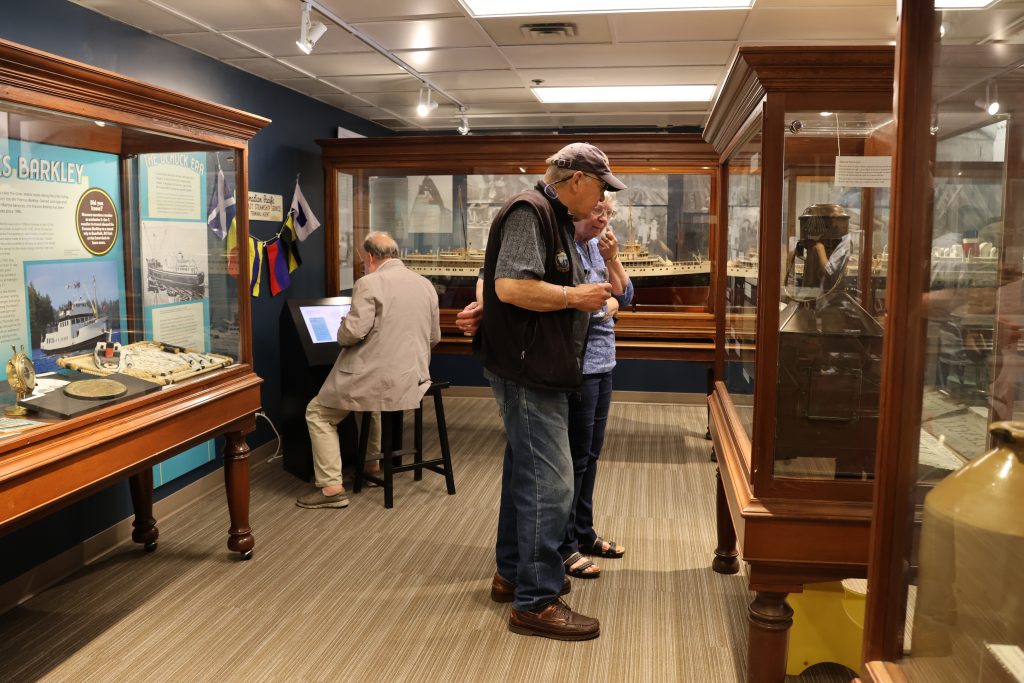
About Travelling the Alberni Inlet
Runs 6 June – 2 November 2025
The west coast of Vancouver Island is a remarkable place – a place deeply connected to life on the water.
Until recently, the only way to access many of the communities along the Alberni Inlet was by sea. The vessels that carried goods, people, and mail up the Alberni Inlet were considered a lifeline for those who lived in the isolated communities along the way. While many vessels operated in the area, some names stand out in the memories of the inhabitants of the west coast.
Visit us at the Maritime Museum of BC this summer to learn more about these beloved vessels.
“The Spatial Turn” and Ships as Places

Conceptualizing an exhibit & curating objects from the collection
Jules Moses-Coats, Collections Coordinator
There is a 20th-century intellectual movement called “the Spatial Turn”, which has greatly influenced how I approached this exhibit. It called on the humanities–especially historians–to broaden their view of history from a two-dimensional timelines to better incorporate the three-dimensional space we exist in.
There are two main concepts to the Spatial Turn: Space and Place. Space is the measurable area on a map, and Place is what that measurable area means to us as humans – how it shapes our identities, our cultures, and traditions. Like the difference between “object” and “artefact,” it’s the difference between what something objectively is, and what something means to us, and to history.
Part of what fascinates me about maritime history is its unique relationship with these two concepts, especially ships. Like any land-based structure, a ship is both a space and a place. It has its physical dimensions – its beam, its draft, and so on – but is also has a name, and it means something to those interact with it. But what intrigues me even more is that a ship is a PLACE that MOVES.
And while that is something we expect ships to do, I think there is something to be gained by viewing ships as places. They are like small villages, inhabited by their crew and a rotating cast of passengers. What role in a culture does a mobile village have? What is the relationship between a ship and the network of communities it serves?
There is a third concept in the Spatial Turn that I find also relevant to this exhibit, which is Pace, the speed in which we navigate space. Pace fundamentally changes our relationships with the land around us.
This exhibit begins with traveling the Alberni Inlet before the construction of the highway. When speeding along a highway, our surroundings can pass as a blur of colours, quickly seen and soon forgotten. But from the deckchair on a steamship, it is so much easier to find meaning in the coastline. Incorporating Pace also raises the question – how did the advent of the steamship, and her increased speed, affect our relationship to our coasts?
“Vast Volunteer Knowledge Base” at the MMBC
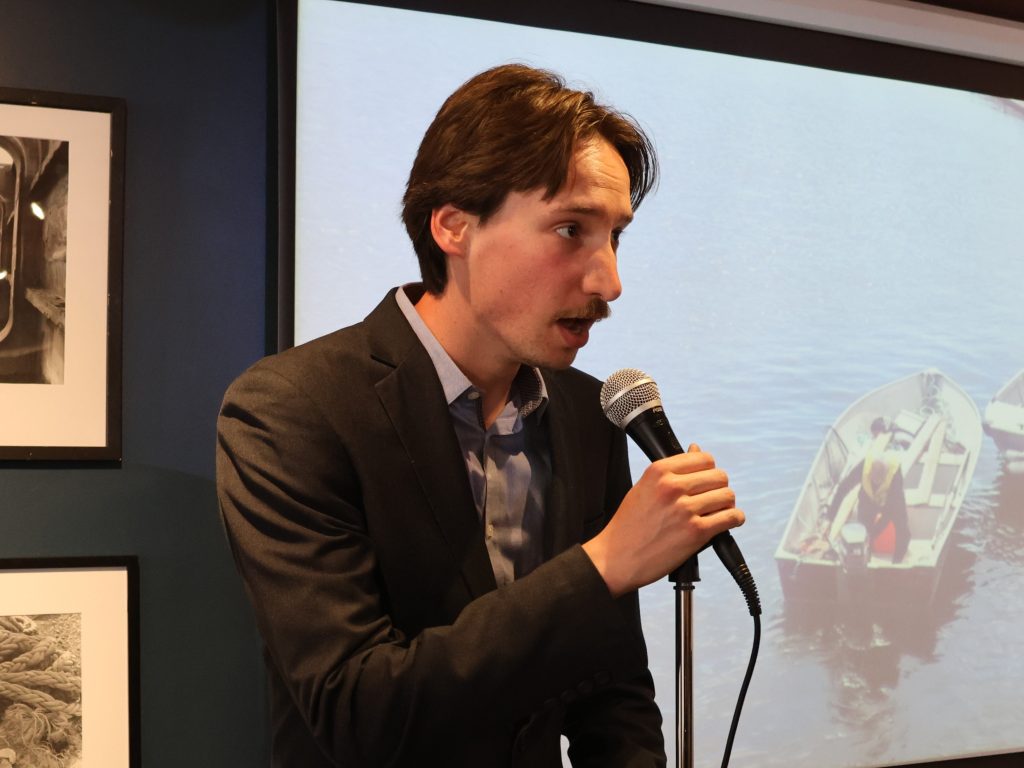
Producing exhibit text & harnessing volunteer knowledge
James Coates, Volunteer & Visitor Centre Coordinator
It was a privilege to work alongside and learn from my colleagues at the maritime museum in putting these exhibits together.
For this exhibit I wrote object descriptions for the tugboat and Alberni Inlet-related artefacts. As the Volunteer Coordinator, I am lucky to have access to some of the best and brightest maritime history minds on the coast. I relied heavily on the vast volunteer knowledge base in preparation for these exhibits – in particular the contributions of Murray Armstrong and Cpt Dave Hodgson, who were both extremely generous with their time and expertise.
As you probably know, the museum is working hard to establish a new permanent home. Through this exhibit, we wanted to really fill out current space to show that we are bursting at the seams. I think the team at the MMBC is ready for a bigger canvas. Thank you and I hope you enjoy Travelling the Alberni Inlet.
“A Glimpse into the Inlet’s History”
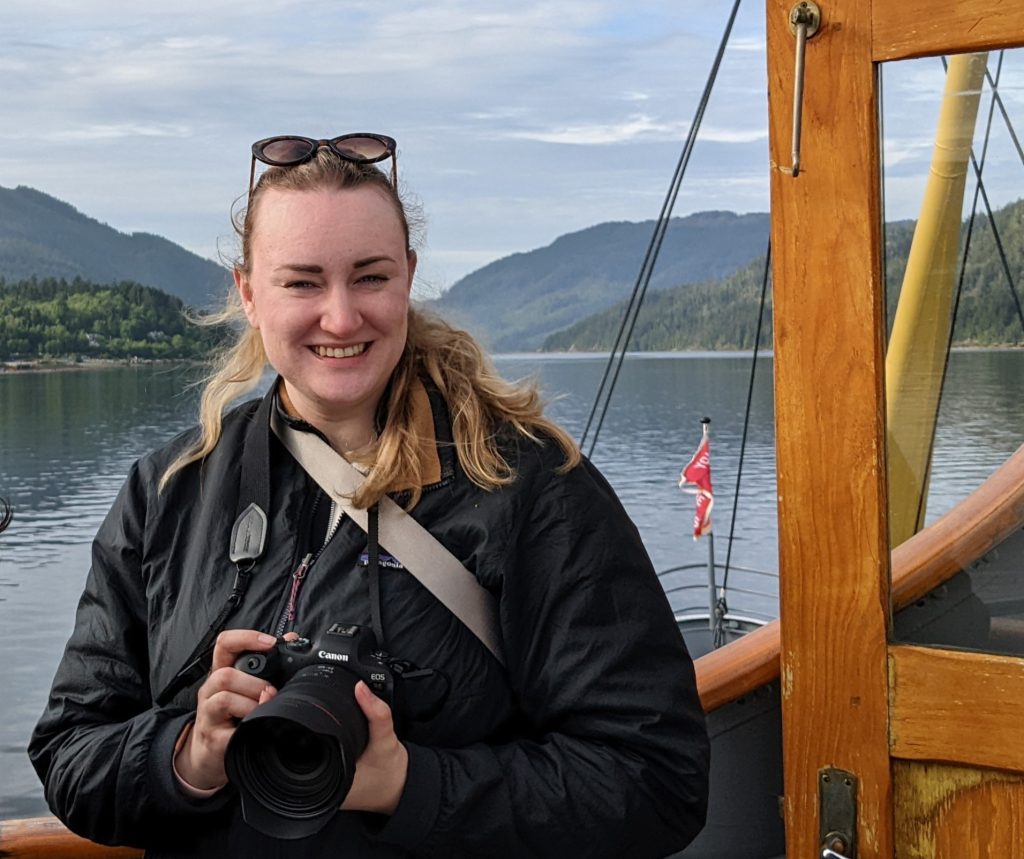
Producing feature exhibit video & curating objects from the collection
Tina Edwards, Development Coordinator
While my job does not typically include exhibit production, I had the wonderful opportunity to jump in and help bring Travelling the Alberni Inlet to life.
One of the most memorable parts of this experience was traveling aboard the MV Frances Barkley last year to gather interview footage that’s now playing on the screen behind me.
I’m not originally from the Island, so that trip was especially impactful for me. It gave me a glimpse into the Inlet’s history, the communities, and the rhythm of life out there.
If you ever have the chance to take a trip on the Frances Barkley (MMBC members get a 2-for-1 voucher!), I highly recommend it. The crew is fantastic, and the views are unmatched.
It’s been such a joy to help share this story through our new exhibit, and I hope visitors enjoy exploring it as much as I enjoyed being part of its creation.
The Exhibit Process
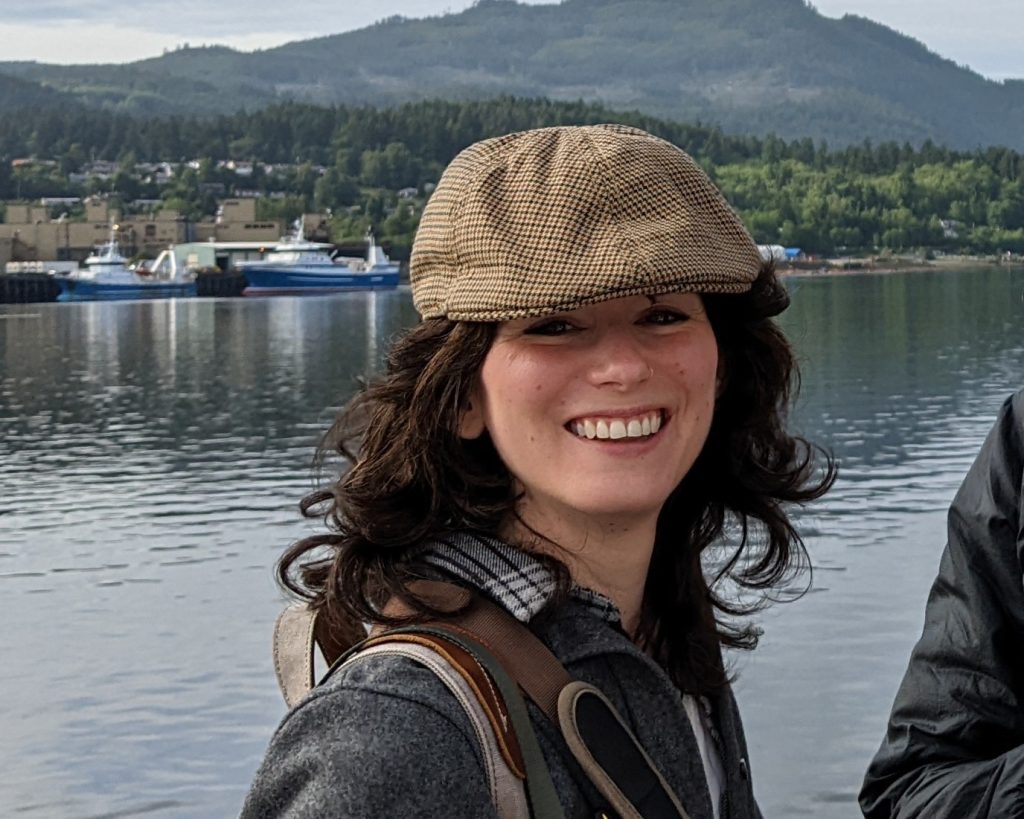
Producing feature exhibits
Heather Feeney, Collections & Exhibits Manager
Exhibit planning and production starts well before we have our opening day in the gallery! Research, partnerships, and exhibit panels for Travelling the Alberni Inlet were developed by Heather Feeney throughout 2024 and early 2025.
Travel the Alberni Inlet
Become a member of the Maritime Museum of BC, and receive a 2-for-1 voucher from Lady Rose Marine for a round trip to Bamfield aboard MV Frances Barkley–approximately $95 in savings!
Several key Travelling the Alberni Inlet exhibit pieces were loaned by Lady Rose Marine Services. The crew and owners of Frances Barkley hosted MMBC staff on a summer voyage, and generously gave their time for oral history interviews.

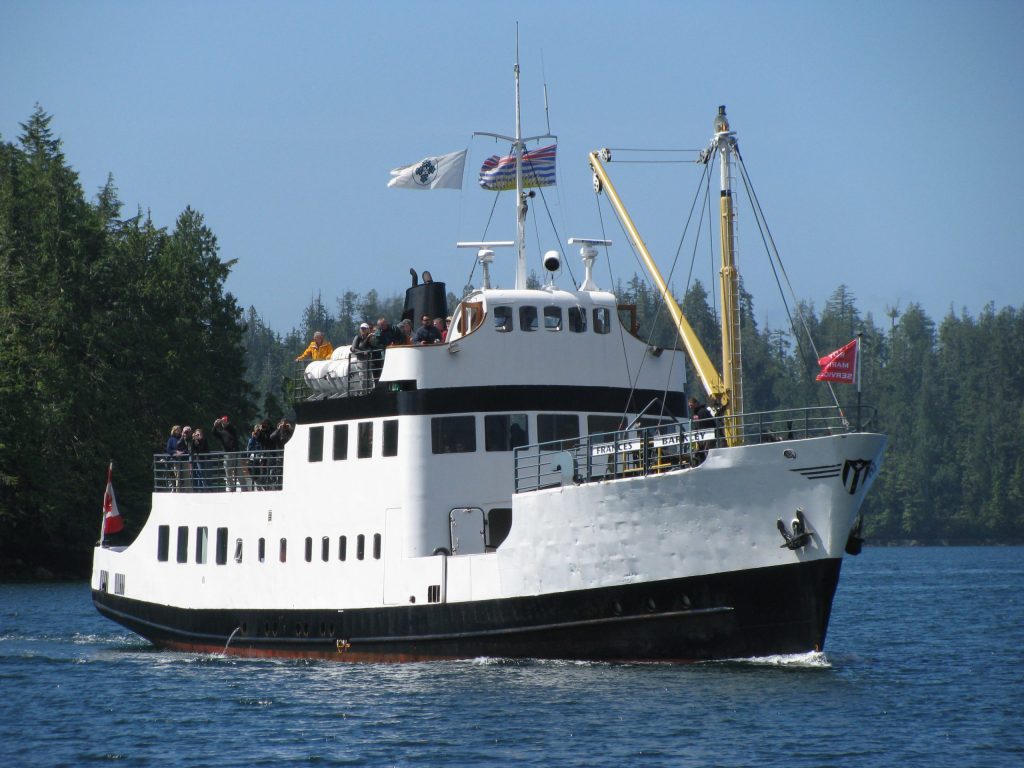
Frances Barkley. Courtesy of Lady Rose Marine Services.



